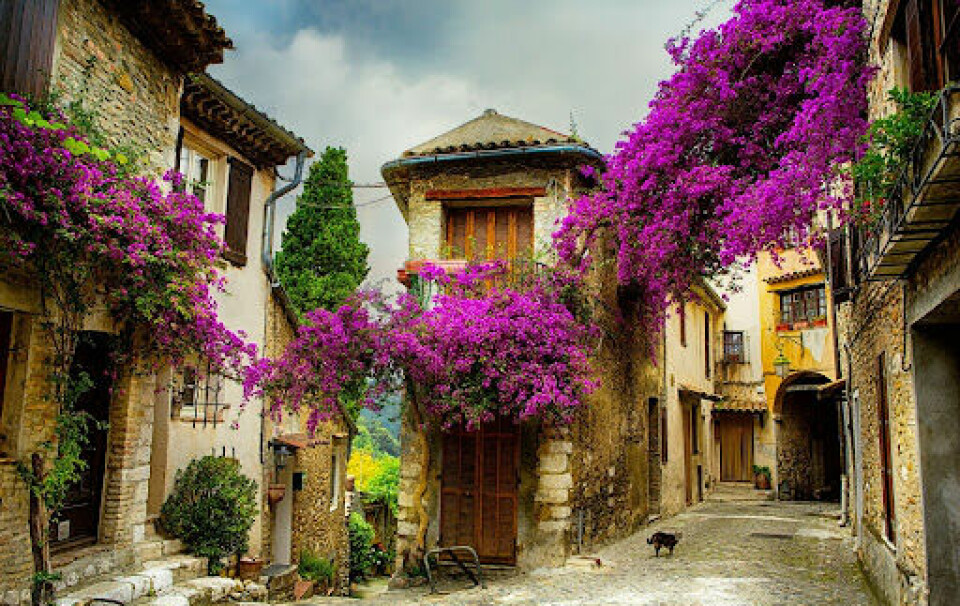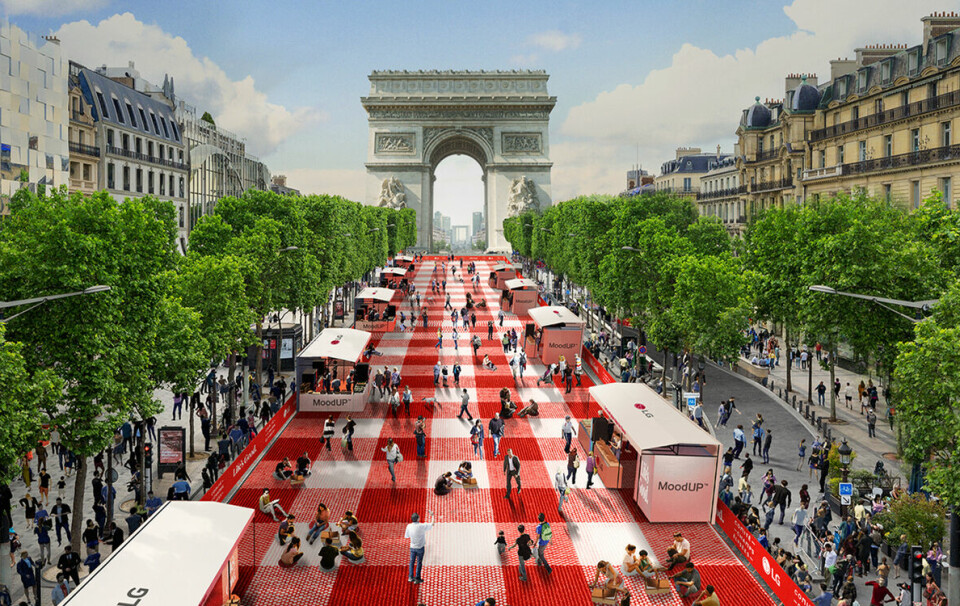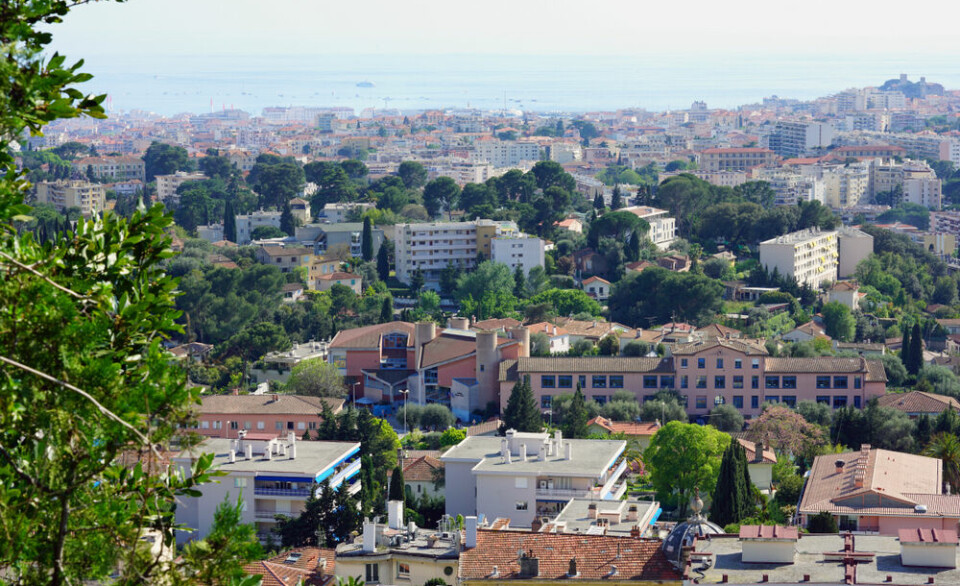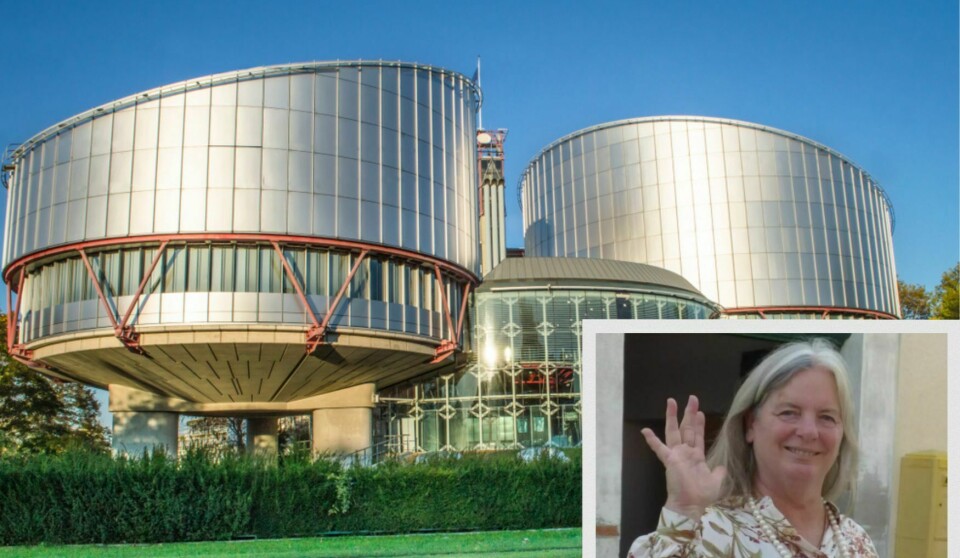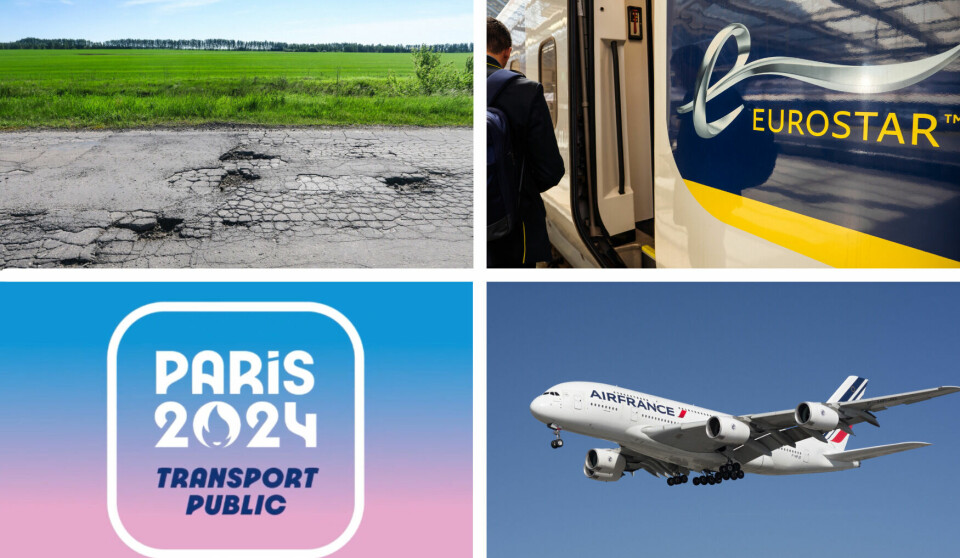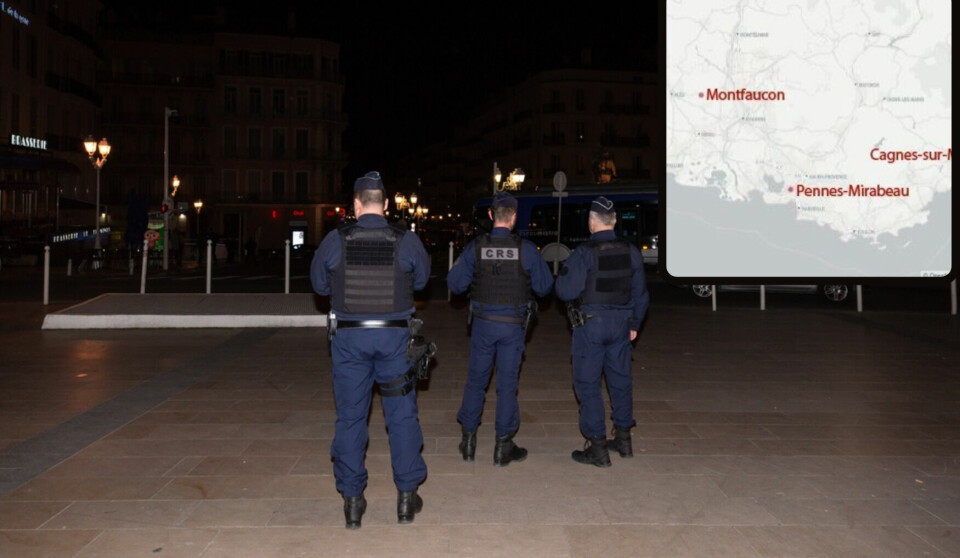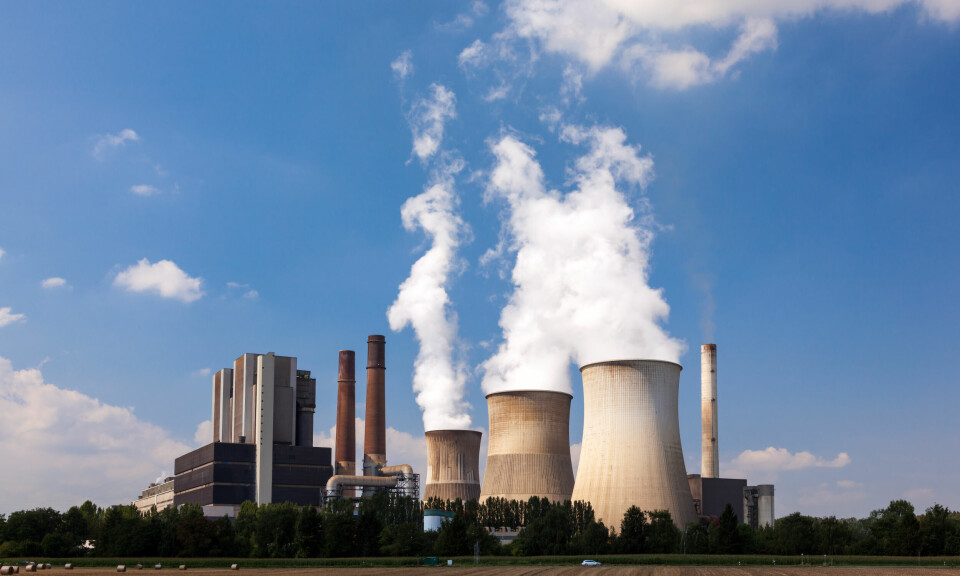-
Vichy laws still endure in modern-day France
Legislation introduced by the Vichy regime in World War Two is still being applied in France today, a historian who specialises in the period has pointed out
-
Women given right to vote in France 80 years ago
It came a full 96 years after suffrage was extended to all men in France - and 51 years after New Zealand offered the vote to its women
-
Meet France's great garden acrobat
With its bright yellow and blue plumage, the Eurasian blue tit is easy to spot in the garden.
Go west: why the wealthy shun the east of town in France
Learn the historical and industrial factors behind the geographic divide between the rich and poor in French towns
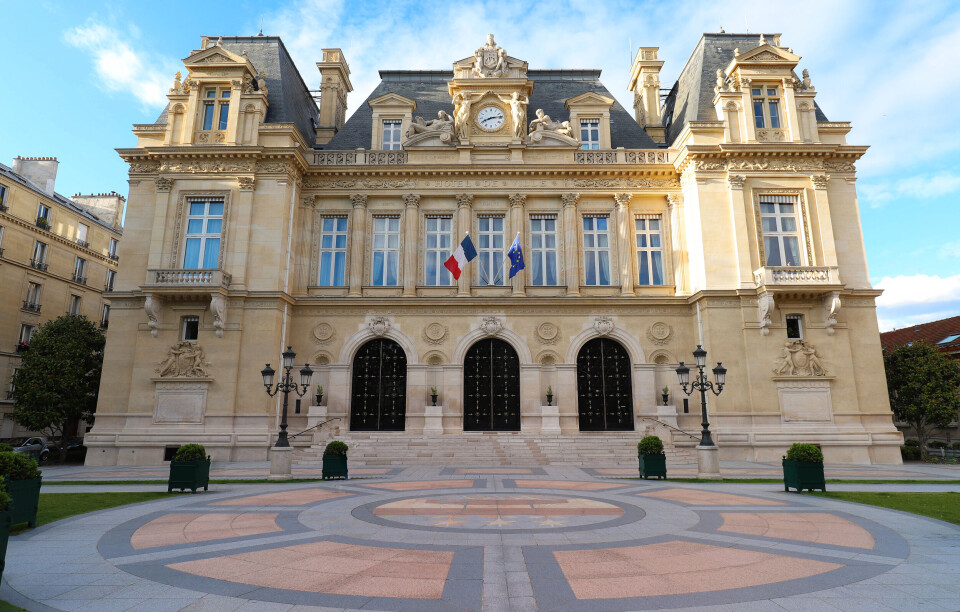
Paris (Île-de-France), Rouen (Seine-Maritime), Limoges (Haute-Vienne), Bordeaux (Gironde)... all of these towns and cities share a common trait – all of them have their richest population living on the western side and the poorest on the east.
Western Paris is the most emblematic example of this phenomenon with towns such as Neuilly-sur-Seine and Marne-la-Coquette (Hauts-de-Seine) comprising two to four percent of France’s highest revenues, while Seine-Saint-Denis only counted 0.3%.
The influence of factory locations on wealth distribution
Part of the reason lies high in the French skies and the winds that blow from the east, releasing smoke from factories that were created in eastern and northern parts of the country during the Industrial Revolution. The richest populations veered towards the westernmost parts of many towns, looking for fresh, clean air away from dust, smoke and dirt.
While these urban characteristics makes for great dinner party trivia that French people enjoy sharing, it is a bit more complicated and less straightforward, as a historian told The Connexion: “Historians do not really have official documents stating that factories were installed because of winds,” said Stéphane Frioux, a lecturer in contemporary history at Université Lumière Lyon 2.
Permits granting the building of factories were delivered by doctors and chemists in the 19th century, often granted with great tolerance towards business creators who could contribute to economic growth.
How wind patterns influenced industrialisation patterns
Chemist Jean-Pierre Darcet was the first to conduct studies and observations on wind, drawing a polygon which showed that the safest distance to implement factories without being affected by smoke release was in the north-east.
The reason comes from the Channel and the Atlantic, with their western coastlines. Many towns and cities ordered similar studies and drew the same conclusions, thus mapping industrial France mostly to the east.
“This mostly explained why the rich moved toward the west,” said Mr Frioux, before adding that “it was not the only reason. Doctors developed theories around the development of miasmas in central towns from lowest air-circulation and favoured diseases such as cholera,” possibly another explanation of the rich’s exodus toward the west.
The explanation also has its limitations since other factories were implanted in the west or town centres, such as the Citroën factory in Paris’ western Javel district in the early 1900s.
But the theory has crossed the Channel where researchers Stephan Heblich, Alex Trew and Yanos Zylberberg questioned the same aspect after observing the same phenomenon in many English towns and cities.
Researchers compiled data on 5,000 factory chimneys near 70 English towns from 1880 to 1900 and came to the conclusion that: “before coal, unqualified workers were not particularly located in the east.”
Not a straight answer but one with enough room to suggest it may have been the case. Just like in France.
Related articles
Five French facts: The historic and unofficial geography of France
Centre yourself in the wine-making, historical heart of France




